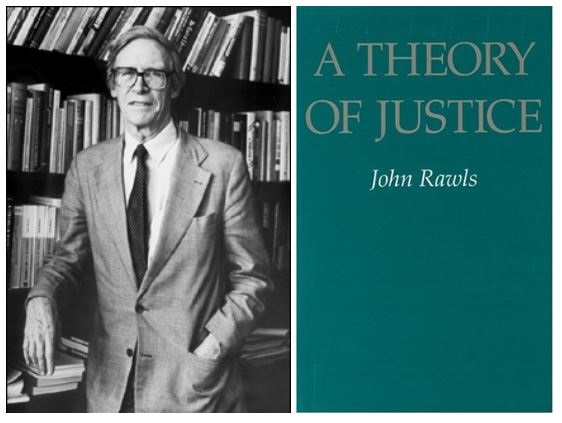Administrative Information
| Title | Theory of Justice |
| Duration | 60min |
| Module | A |
| Lesson Type | Lecture |
| Focus | Ethical - Ethics Fundamentals |
| Topic | Theory of Justice |
Keywords
Bias,Fairness,Justice,Contract,
Learning Goals
- Learner understands Theory of Justice.
- Learner understands the concept and use of veil of ignorance.
- Learner understands the concept of equal opportunity.
Expected Preparation
Learning Events to be Completed Before
None.
Obligatory for Students
None.
Optional for Students
- Rawls, John (1971) A Theory of Justice Cambridge, MA: Harvard University Press
- Rawls, John (2001) Justice as Fairness: A Restatement Erin Kelly ed. Cambridge, MA: Harvard University Press
References and background for students
None.
Recommended for Teachers
- Daniels, Norman (2007), Just Health: Meeting Health Needs Fairly Cambridge University Press
- Gauthier, David (1986) Morals by Agreement Oxford University Press
- Mills, Charles (2009) ‘Rawls on Race/Race in Rawls’ The Southern Journal of Philosophy (2009): 161-184
- Moller Okin, Susan (1989) Justice, Gender and the Family New York: Basic Books
- Rawls, John (1999b) A Theory of Justice: Revised Edition Cambridge, MA: Harvard University Press
- Harsanyi, John (1975) ‘Can the Maximin Principle Serve as a Basis for Morality? A Critique of John Rawls’ Theory’ America Political Science Review 69(2): 594-606
- Taylor, Charles (1985). ‘The nature and scope of distributive justice’ in Philosophy and the Human Sciences: Philosophical Papers 2 Cambridge: Cambridge University Press: 289-317
- Wenar, Leif, (2017) ‘John Rawls’, The Stanford Encyclopedia of Philosophy (Spring 2017 Edition), Edward N. Zalta (ed.)
Lesson materials
Instructions for Teachers

Theory of Justice cover and author
- The theory of justice is a kind of a social contract theory. Therefore, it is useful to compare it to Hobbes' Leviathan, an early version of the same kind.
- The class is based on John Rawles' 1971 "A Theory of Justice".
- Being a social contract theory, the arbitrariness of the elements of the contracts comes into question, therefore the question of moral realism.
- The core of the idea is the veil of ignorance, which may be introduced with the cake example (You have two kids and a big piece of cake. You want them to share fairly. So you instruct them: kid #1 is doing the cutting, kid #2 can pick first when the cake is cut in two. This way kid #1 will always try and cut the cake in half).
- Consequences of the idea.
- Limitations of social fairness and sensitive topics like positive discrimination and affirmation.
Acknowledgements
The Human-Centered AI Masters programme was Co-Financed by the Connecting Europe Facility of the European Union Under Grant â„–CEF-TC-2020-1 Digital Skills 2020-EU-IA-0068.
